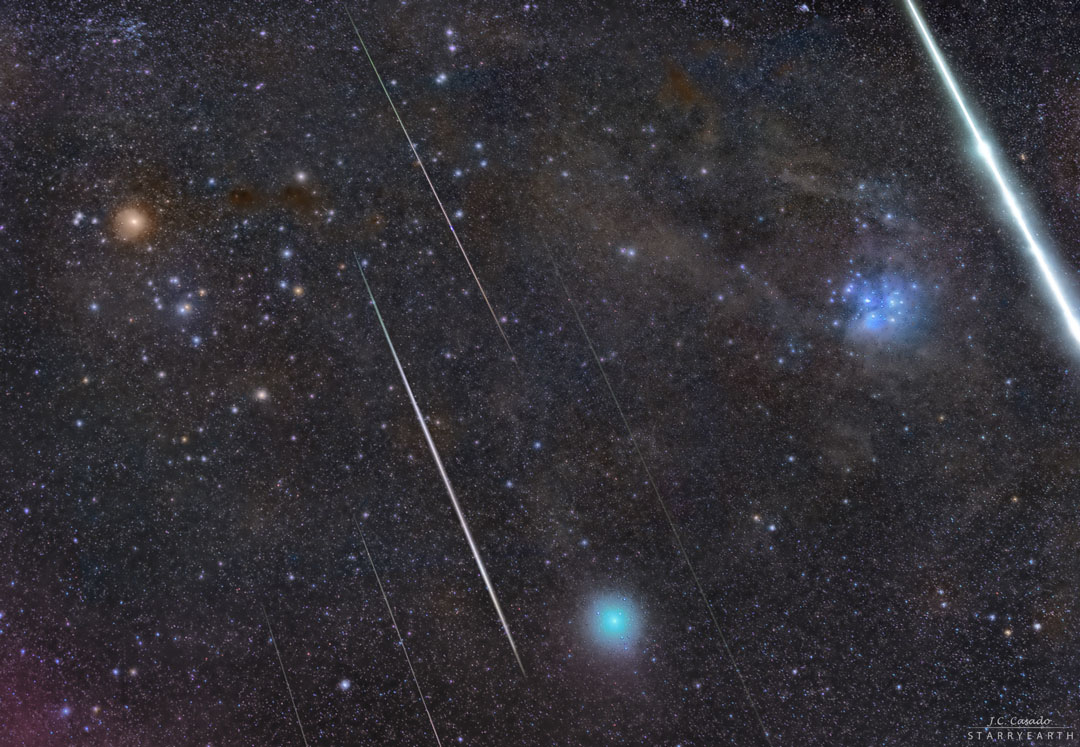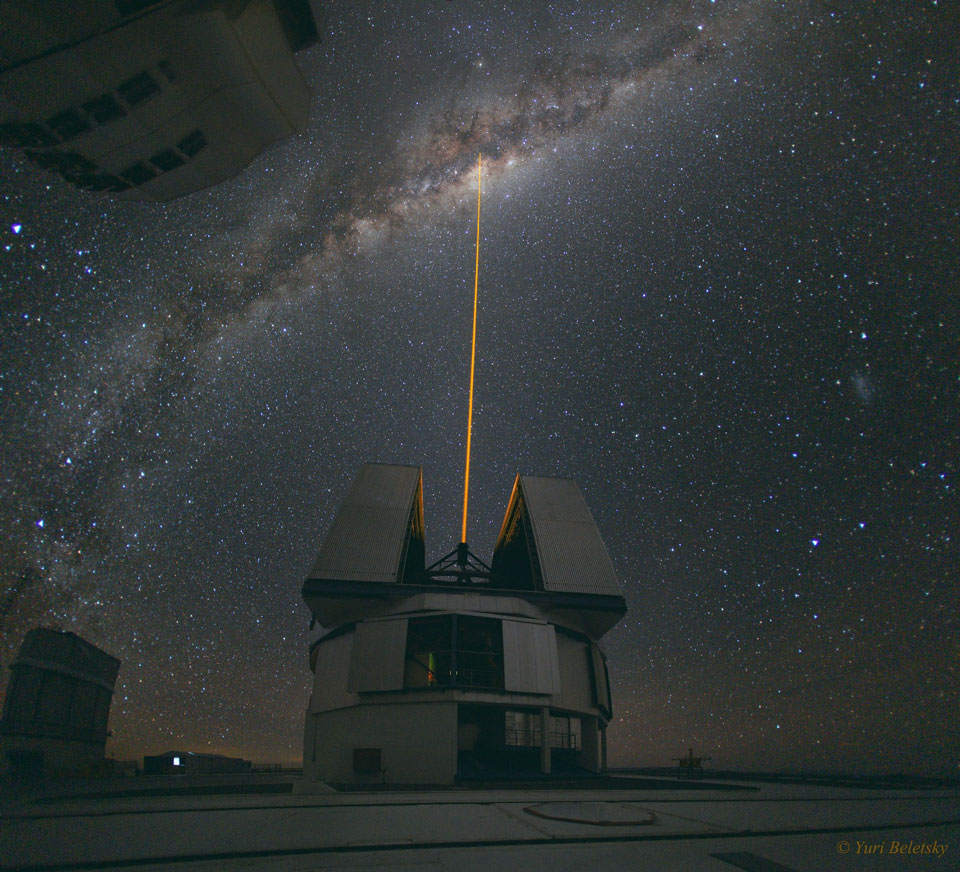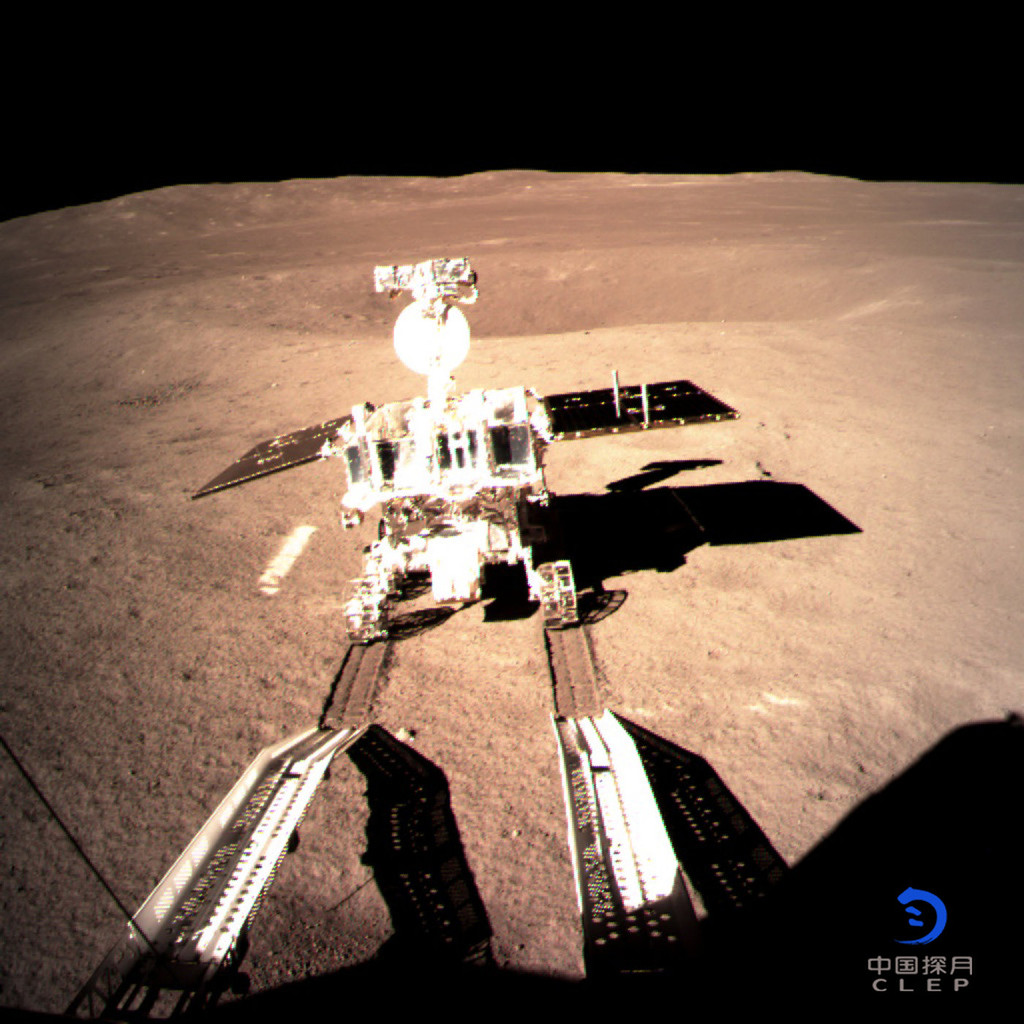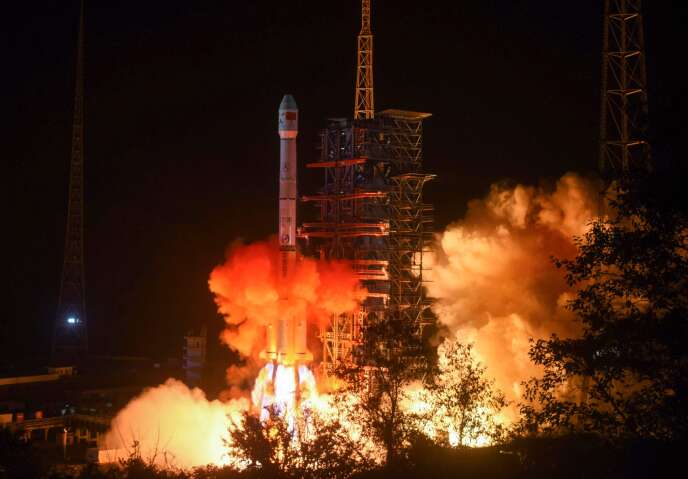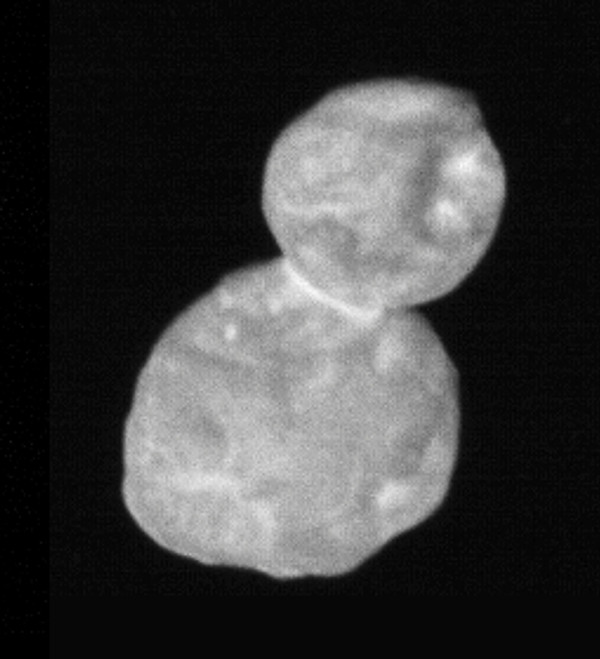Bienvenue, voici votre carte réglée pour votre lieu d'observation.
Repérez facilement les principales étoiles et planètes, et observez que tout le ciel semble tourner autour de l' étoile polaire ! Ainsi, les astres se lèvent et se couchent, et l'aspect du ciel change au long de la nuit...
Utilisation dehors : imprimez cette carte et placez-la au dessus de votre tête, le repère "Horizon NORD" vers le nord. Comparez au ciel observé !
Pourquoi le ciel change-t-il en permanence ? A cause des mouvements de la Terre: comme la Terre tourne sur elle-même, nous voyons défiler le ciel comme si nous étions sur un manège : tout le ciel paraît tourner au fil des heures, autour d'un point voisin de l'étoile polaire (au centre de la carte). Ceci provoque les "levers" et "couchers" des astres. De plus, la course de la Terre autour du Soleil nous fait découvrir une portion de ciel différente selon la période de l'année.à cause des mouvements des astres eux-mêmes:le Soleil, la Lune, les planètes, ont un mouvement perceptible au fil des jours (ou des semaines) par rapport au fond des étoiles. A l'inverse, les étoiles à l'extérieur de notre système solaire sont tellement lointaines qu'elles paraissent fixes au cours d'une vie humaine.
Stelvision
